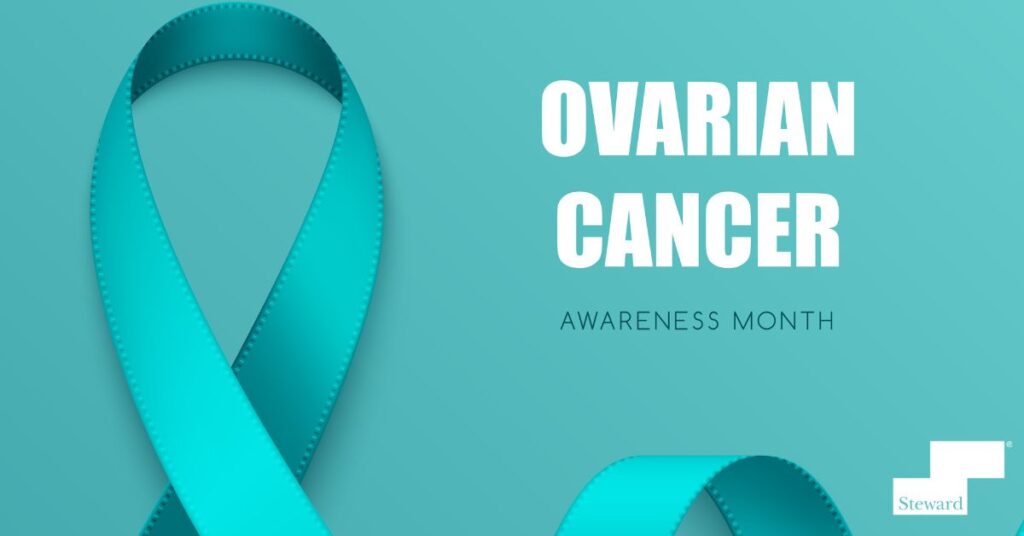Women suffering from urinary stress incontinence (USI), a pelvic floor disorder, often say “Don’t Make me Laugh!” for fear they’ll lose bladder control mid-giggle. They’re also cautious when they sneeze, cough or jump. Pelvic floor disorders such as USI are more common than you think. You wouldn’t know it, because most women are reluctant to talk about it. They either think they are alone in their suffering and are too embarrassed to discuss it, or they don’t realize that their condition is actually treatable. One in three American women are affected by a pelvic floor disorder and there are a host of treatment options available, so if you aren’t talking about it with a doctor, you should be.
Pelvic floor disorders range from incontinence that causes leakage of urine or a lack of bowel control to chronic pelvic pain, pelvic prolapse, and constipation. The pelvic floor is a complex system of muscles, ligaments, connective tissues and nerves that supports the uterus, bladder, vagina and rectum. Disorders of the pelvic floor can be painful and can severely interfere with normal day-to-day activities.
Pelvic floor dysfunction affects women of all ages, but those at a higher risk include women who have been pregnant and given birth, (especially vaginally), are obese, have had pelvic injury or surgery, and those who frequently strain during bowel movements or when lifting heavy objects. However, problems with the pelvic floor can, and do, affect anyone, male or female, in the population.
Your first step to finding a treatment solution is an evaluation by a physician who has expertise in pelvic health. Most often, this would be a gynecologist, urologist, or urogynecologist – a physician who specializes in both the bladder and pelvic anatomy.
“I’ve seen patients who are afraid to leave the house for fear they’ll lose bladder control in public if they cough or sneeze,” says John Al-Jamal, MD, a Steward Health Care obstetrician, gynecologist and urogynecologist. “We can offer a variety of minimally invasive treatment solutions or surgical solutions to help fix the problem.”
Many people have heard of Kegel exercises as the solution to all of their pelvic health problems, and while they can be helpful to women experiencing USI, this exercise isn’t always recommended for other disorders. But, there are other non-invasive approaches that a physical therapist can employ to assist with pelvic floor rehabilitation. These can include everything from therapeutic exercises and behavior modification to biofeedback and electrical stimulation. Studies have shown that most patients report improvement with these types of therapy.
“We can offer patients a lot of options to restore their pelvic floor health,” says Dr. Al-Jamal. “They shouldn’t ignore or hide from this common problem.”
His advice is to contact your primary care physician who can provide a referral to a specialist.
*Source: National Institute of Health, https://www.nichd.nih.gov/health/topics/pelvicfloor/Pages/default.aspx
*Source: American Urogynecologic Society, https://www.augs.org/
To find a doctor or schedule an appointment, visit Steward DoctorFinder™.




